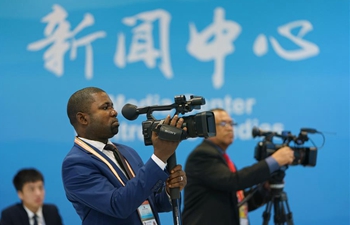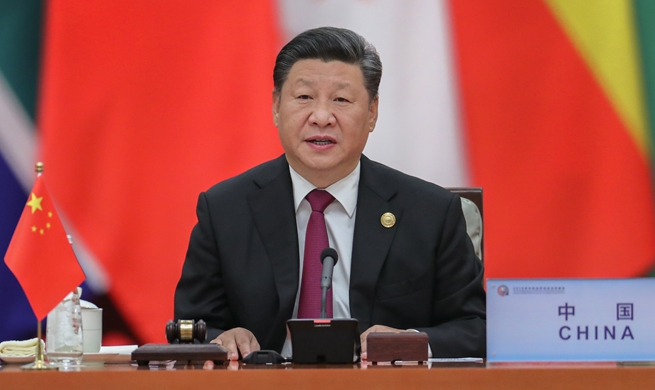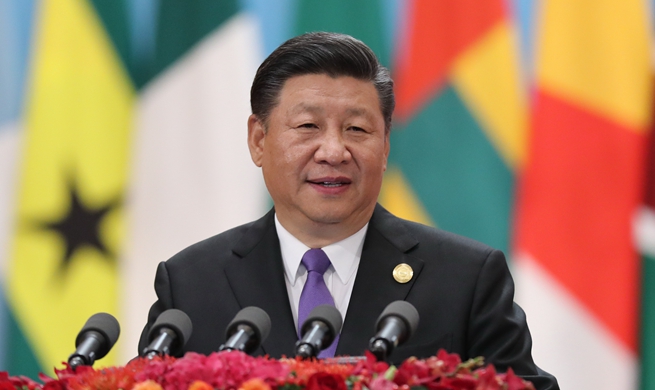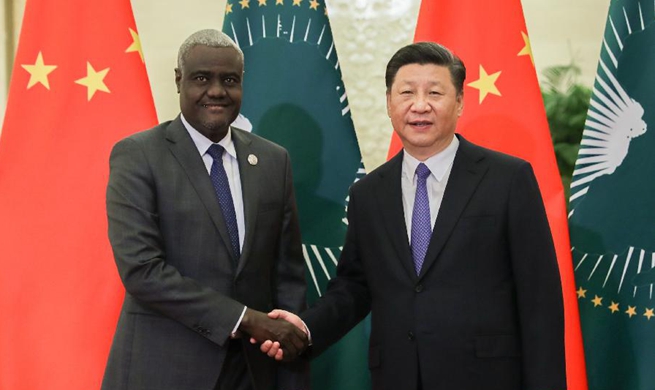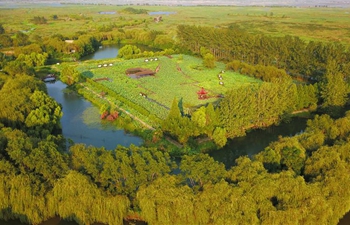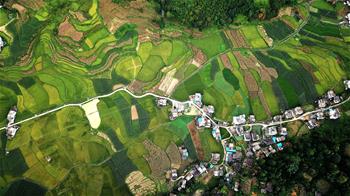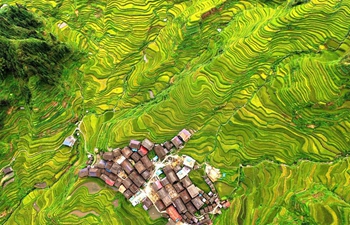by Victoria Arguello
BUENOS AIRES, Sept. 4 (Xinhua) -- China's participation and investment in infrastructure projects have made it a key partner in Argentina's development, said Guillermo Fiad, president of Argentinian Train Infrastructure.
Joint projects under construction include the renovation of 1,700 km of cargo rails that will strategically improve connectivity between Argentina's northern agricultural provinces and the export hub of Rosario, in central Santa Fe province, Fiad told Xinhua.
Modernizing Argentina's Belgrano Cargas rail network will "energize the regional economies" and provide them with a "new opportunity for development," he said.
China's contribution goes beyond upgrading infrastructure to improving transport efficiency, Fiad said.
"We are working to reduce the time it takes to reach the markets, optimizing the train's commercial speed ... we're working with Chinese companies to improve that," said Fiad.
Officials have another rail renovation project in the wings -- the North Patagonia railway through southern Argentina's Patagonian region -- and hope it will also attract Chinese investors.
"We hope Chinese companies will participate in the North Patagonia train we're developing, and which we hope to launch through a public-private partnership. It's a very attractive project, a project that will energize (regional) economies in Argentina's north Patagonia," said Fiad.
"China's support, in this case, would be essential, and we are confident it's going to stay that way," said Fiad.
In addition to cargo, China is helping to mobilize people by revamping a central passenger rail network serving the capital Buenos Aires and surrounding areas, Fiad noted.
"I have no doubt that China has a lot of capacity, both financial and technical, and the know-how to continue to support Argentina as it develops," he said.
Ties between the two countries are "just getting started," and have been strengthened with each joint initiative, he said.
Other bilateral projects include the construction of the twin hydroelectric dams in the south to supply the national grid and developing solar panels to curb the use of polluting fossil fuels in the north.






